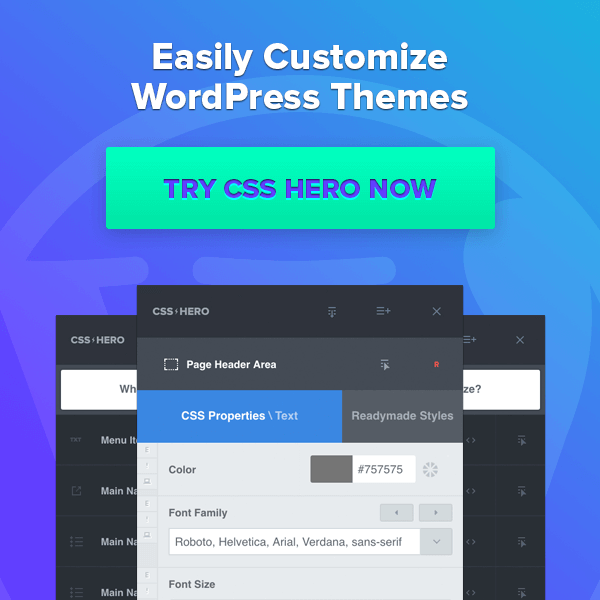In a recent post, we took a look at what content curation can do for bloggers as well as the audience you’re intending to reach. In today’s post, we’ll give you a blow-by-blow on the basics of curation in order to teach you how to start a content curation blog.
To begin with, it’s important to note that curation is a time-intensive activity which should be done consistently for weeks at a time if you’re ever going to see any results. You should use it as an adjunct to your content creation efforts to ensure that you’re giving your readers a variety of media to maintain their interest in your blog.
There are 3 major steps to start a content curation blog:
- Seek
- Sense
- Create and Share
We’ll take a look at the three more extensively shortly; however, let’s first outline a few things every blog curator should have or know.
First of all, it’s important to know your audience. You could have a blog that’s visited by a specific group of people but not know the details behind these people. Things you need to find out include the following:
- The median age of the people reading your blog.
- The gender makeup (do more males than females read your blog?)
- The peak times when it comes to blog traffic.
- The socioeconomic makeup of your audience.
One of the ways you can find out this kind of information would be to use the Google Analytics tool found here. A good analytics tool will give you real-time information regarding your blog audience makeup which will in turn help you target them in such a way that they’ll feel as if you really know them as well as understand their needs. This is, in essence, content marketing at its best.
Here are a few other analytics tools you can use in conjunction with Google Analytics:
Once you have your data ready, you can start curating your content.
The next step is to identify sources for curated content. The internet is a living organism with thousands of pieces of content of varying types being produced every minute. Your responsibility is to identify valuable and relatable content pieces and place them in your content box so you can sift through them. This discovery process is known as seeking.
Here’s a screenshot illustrating how to discover more niche ideas as a pastry blogger:

By searching for the term ‘pastry blog’ via www.google.com/blogsearch, she’s able to find out what the trending topics are as well as the industry leaders as far as pastry blogs are concerned. With this in mind, she can check out various blogs to see what kind of posts are eliciting major reactions and stimulating conversation. This blogger can then copy these post links and put them in a spreadsheet for future sifting.
At the same time, you can use Alltop to look for trending news items. What’s great about Alltop is the fact that you can personalize your content search feature by using my.alltop.com.
Here’s what the MyAlltop signup page looks like:

All you have to do is sign up, agree to the terms and you’re all set.
Twitter is also a great way to find trending topics which can, in turn, help you curate timely content pieces. The almighty hashtag is a godsend for all content curators. However, you should use the hashtag in combination with tweets to find the meat and not just the bones. You can also use Twitter Search which is essentially Twitter’s Google.
When collecting your sources, you should always be careful to pick only high quality ones. Additionally, you should scan more than you capture, and you should make it a habit to define topics and organize sources as you go along. Seeking should generally be done for 15 minutes at least twice daily.
When used in a synergistic manner, you’ll be able to collate and collect content from all parts of the Internet in order to successfully move on to the next stage of the curation process: sense.
After collecting your articles and placing the links and relevant clips in a central place, you can begin to sift through them and find meaning and relevance in most of them and then discard any that might not be relevant for what you’re trying to communicate.
For example, if you have a blog which focuses on celebrity style and fashion, you could figure out how to tie that in with current trends and draw parallels in order to come up with an interesting pictorial conversation with personal commentary added in to give it a bit of your personality.
Making sense usually involves distilling and condensing information in order to streamline it into one theme.
Here are a couple of questions you should ask yourself to help make better sense of collected content:
- Will this content add value to my reader’s lives? Curated content has to appeal to your readers from an emotional standpoint. Whether your blog covers accounting or new developments in interior design, you need to make sure that each curated post is identifiable and if possible applicable to your audience’s daily life. This will help you create a bond with your audience on a long-term basis.
- Does the content I’m about to curate establish me as a thought leader in the blog circles? The last thing you want to do is copy what everyone else is doing. This will make people overlook you and you might get washed up in the sea of content because there are other bloggers out there who’ve perfected what you’re trying to do.
Here are some of the things associated with the sense stage of content curation:
- Put your blog post together by merging links with your own commentary and maybe one or two photos or videos to give the post some pizzazz.
- Annotate where necessary, archive articles and links, and apply changes within your blog if needed.
- The sense stage of content curation should typically take you about half an hour to an hour every day. This might take longer if you decide to include different forms of content to your blog post because you have to find a way to make the curated content work for you and your audience without creating disconnection or confusion.
Creation and sharing is the last stage of the content curation process and perhaps the most delicate one. Presentation is everything, and you need to know what forms of sharing will resonate with your target audience.
There are various ways that you can use to create and present your content, with the first one being lists. People love lists as it helps them get information in a compact manner, lessening the time in which they’ll have to go all over the internet looking for content.
A great tip here would be to look at the top 15 trends in your niche and come up with a great list linking out to the best posts on the web talking about these trends. Make sure to use appropriate attribution and keep the commentary short but meaningful. You can also ask your readers what kinds of lists they’d like to see in the coming days and weeks.
Another way in which to present your curated content would be through the use of infographics. These are usually data-based with a touch of visual esthetic thrown in. Infographics help you convey less than interesting information in a fresh an exciting way without taking away from the subject at hand. Get into the habit of saving interesting and impactful data snippets as you go about reading and curating content around the web. Every once in a while, streamline these data bites and create a curated post based on them.
Yet another light and popular way you can use to create and present your curated content is through the use of humor. People like to laugh as it makes them feel good. At the same time, humor helps with information retention and is found all over the internet. For example, if you’re a food blogger, you could come up with a blog post where you feature a video snippet by a standup comedian lambasting the paleo diet. After the video, you can add your own commentary and then add a couple of memes to break the monotony of the post. Finish off with a snippet of an article extolling the virtues of the paleo diet and then invite your readers to leave you their opinions and thoughts in the comment section.
Here are a few closing tips on what to pay attention to when curating content for your blog:
- Create a Tumblr page so you can have an account you can use to curate rich media such as videos, high resolution photos and sound clips.
- You can curate social updates and comments to help stimulate or start a conversation regarding your blog. This can be a great way of getting to know your audience at a much deeper level. These can also be used to add depth and validity to your curated content.
At the end of the day, you need to consistently be on the lookout for new content as well as consistent with your efforts if you want to build a following, a unique voice and be considered as a go-to blogger for knowledge and information on a specific topic or genre.







